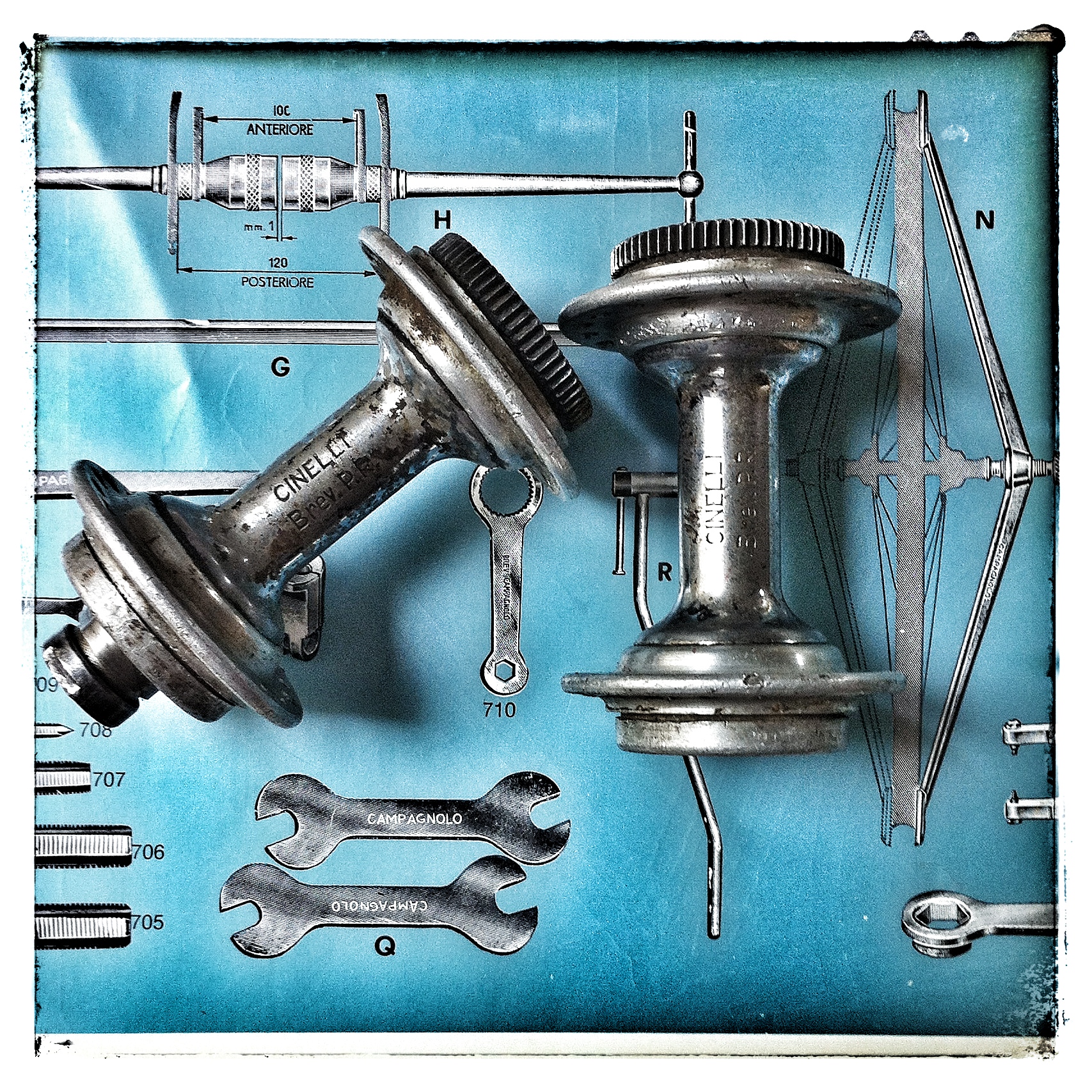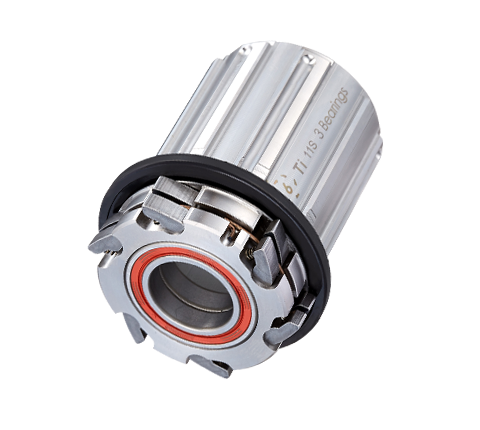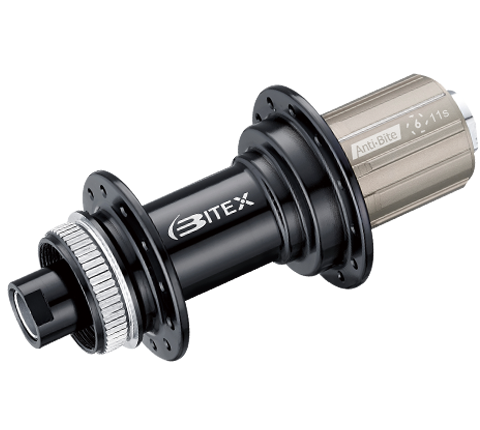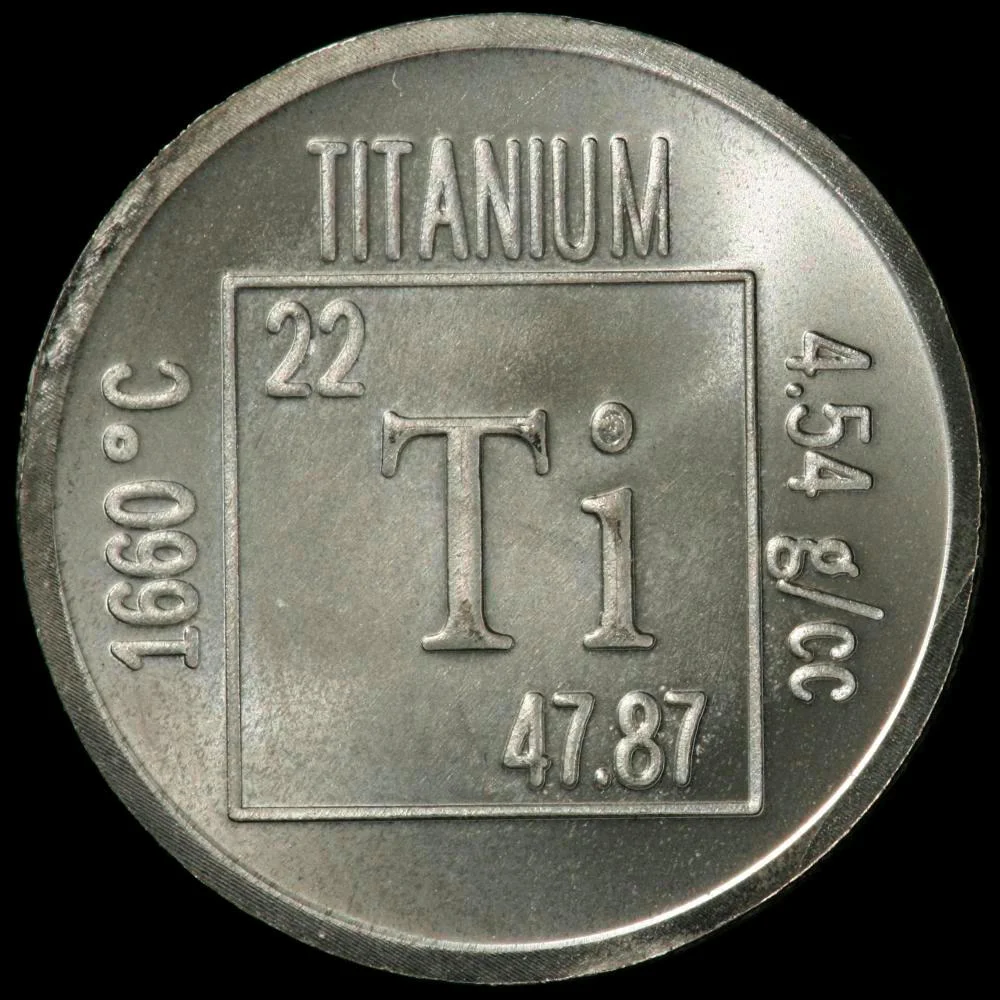My personal history with Mavic rims is a rather lengthy one. When I started building wheels in 1973 Mavic rims were very popular and were considered by many to be an industry leader in that sector of the bicycle business. So I can say that I have watched the evolution of this company over 40 plus years.
I would be lying if I didn’t say that Mavic has had its ups and downs and I have been judgemental of some of its wheel products over the years but always ready to give it kudos when I felt they had done something special.
Today I’d like to talk about some exciting new components that I feel should be on your radar. I am speaking about the new CXP Pro carbon rims and Mavic’s new disc road hubs.
I am sure you are curious about these rims dimensions, so here’s what the numbers are. The depth is 45mm, and the internal width is 19.3mm. The external width is 24mm at the top of the rim side wall and gradually balloons out to 28mm at the thickest point. The disc rim has a hooked bead and the weight is 430 grams.
In my personal experience I have come to the conclusion that carbon rims at around 45mm deep offer the best bang for your buck. They provide some measurable degree of aerodynamic efficiency but they are not so deep as to pay a large wind penalty in strong crosswinds. At that depth they also come in at a very nice weight. Not at all heavy, and yet providing plenty of lateral stiffness. 45mm seems to be the sweet spot in my books.
I just finished building a set of these wheels and i must say they got me excited. I had built a few pairs of the CXP carbon rims in the last few months and I was quite impressed. They are made in Romania and I don’t know what secrets these rim makers have but I can attest to the fact that they have got it down pat.
Quality control is the most challenging aspect of making carbon rims. Its one thing to arrive at a good design, but much more challenging to produce large quantities of that product with strict quality controls.
This is were many companies don’t get a passing grade. I won’t mention any names but most wheel builders are aware of the rim makers that have questionable quality control.
Mavic seems to have risen to the challenge and answered with sound design and excellent quality control.
How do I go about determining a rims quality control you might ask. Cognoscenti Cycles has a unique and very time consuming process that puts every rim I build under the magnifying glass so to speak.
Its in the pre-tensioning work that gets meticulously done before any truing takes place. With the development of our super accurate spoke tension meter I am able to do very refined tension analyses in the early stages of a build. What does that mean? I’ll explain the process.
I gradually bring a wheel up in tension but I maintain absolute equal tension on all the spokes. Its at this juncture that I am able to get a snap shot of what a rim might have looked like after coming out of its mold and had its final curing time.
If the rim came out of the mold as a very flat and round object this will be apparent when subjected to the initial pre-tension stages of the wheel build. Meaning the wheel will exhibit very little lateral deflection and will also be quite round even before I begin truing it.
Conversely, if the rim came out of the mold more like a potato chip, with a lot of lateral distortion and its far from round , this will show up in the initial stages of my build.
Why am I going into this level of detail? Because this is the method that I have developed to determine what level of quality control a company has achieved in their rim fabrication.
So how did the Mavic CXP’s fare when under this level of scrutiny?
I can say with confidence that Mavic has got it figured out. These carbon rims are superb. Certainly one of the best carbon rims I have built in a long time. When in the initial stages of the build these rims were almost dead round and very laterally true requiring a minimum of finessing to finish them.
When I stressed the wheel to relieve spoke tension the wheel required next to no work to get it back to perfect. These are impressive results!
Mavic have chosen a 3K weave for these rims. Not necessarily as stiff as a unidirectional weave but this may very well be part of the design that deserves commendation. The art of the carbon rim has its own techniques and secrets to achieve specific results. A rim that’s too stiff may be more difficult to bring into perfect round and true. And it could be prone to cracking at some point. Too soft and it lacks its own intrinsic strength. There is a perfect balance that great carbon rims achieve. From the feel of this rim while bringing it up to tension I would say that Mavic has this dialled in quite nicely.
There’s one other detail present in this rims design that is absolutely worth mentioning and that’s staggered spoke hole drilling. You rarely see that these days and I can only assume that non staggered drilled rims came into existence as a cost cutting measure and not because someone decided it was a superior design.
Years ago virtually every rim had staggered drilled spoke holes. It was the norm and for good reason. It enabled the spokes that exited that hole to follow the correct trajectory of the spoke toward the hub flange. This minimised spoke breakage by reducing the strain on the spoke.
Over the last decade and maybe even a little longer than that there was a shift to not drilling these holes in a staggered fashion. I am sure this was a less expensive way to manufacture a rim but it wasn’t a good idea.
The new Mavic CXP incorporates the old school staggered rim holes and I think that’s great! It reduces a small degree of binding on the nipple by having it at a better angle when exiting the hole. Though I don’t have empirical scientific proof of this, I believe it enables you to true the wheel easier. Someone might want to challenge me on that statement but it certainly feels better when building with rims with staggered holes, and I still rely heavily on that intangible thing called “feel”.
Before the era of sophisticated tools like digital spoke tension meters, all wheel builders relied exclusively on “feel”, much like luthiers building musical instruments learned to trust their intuition as to when something felt just right.
The Mavic CXP Pro carbon rim. Tubeless ready and weighing in at a respectable 430 grams. An ideal weight for both road racing and training.
What about the new hubs? First off I was quite pleased to see a pair of hubs that used regular J-bend spokes and not some sort of proprietary spoke that might not even be around in a few years. That alone was great news. I am a firm believer in providing products that will definitely have replacement parts in the coming years and not be sidelined because of unavailable parts. Any hub that utilises a J-Bend spoke enables the builder to choose a lacing pattern that suits both the rider and his cycling habits. The best of all worlds in my opinion.
In many ways these hubs are conventional and thats a good thing. Hub design has obviously evolved over the years yet there are certain constants that remain in the world of “sound design”. Mavic have opted for a medium flange size in this case. I think that was a good choice. It will offer a sufficient amount of compliance where needed and yet still provide adequate stiffness for most cycling disciplines. For you techies the rear flanges measures just under 50mm centre to centre and the front flanges are 44mm.
Mavic’s disc road hubs. With a tidy centrelock disc brake interface. NTN sealed bearings with their internal bearing preload. Suitable for either a road or gravel wheel set.
These hubs have no external bearing preload but a preload hasn’t been forgotten. Its actually happening inside the hub which is a unique approach. They incorporate a “wave washer” which exerts a small force on the bearing to keep it in adjustment. Clever!
Routine maintenance on this hub is straightforward requiring no special tools to remove both the end caps and the freehub. Mavic have chosen NTN bearings which are very high quality.
Freehub options are the usual suspects. Campagnolo, Shimano, and SRAM.
I hope you are in love with black because that’s all we have for colour options. Personally I love black as it goes with everything.
So what about Ride quality? I eagerly mounted these on my titanium machine and decided I would give them a serious test.
I should mention that I decided i would instal some very light and responsive tires so I went with the Vittoria Corsa 2.0 with graphene. This tire is well known as a super fast tire with minimal rolling resistance.
I also opted for the lightest tube made which comes from Austria, the Tubolito. This bright orange tube is a mere 39 grams and is made of a unique material that boasts twice the puncture resistance of any other tube made.
From the minute I pushed off I knew that these wheels were special. They immediately felt fast! And this feeling was foremost in my mind with every ride I did.
This light weight also translated into easier hill climbing with more than adequate lateral stiffness. I feel the increase in lateral stiffness was in part do to the choice to use 28 spokes instead of 24 spokes. Those 4 extra spokes really can make a significant difference with only the tiniest weight penalty. A 28 hole wheel will also do double duty and makes for a great “all road” set. Plenty light enough for fast club runs but strong enough to ride hard pack or rail trails with the right tire choice.
So what about quick acceleration and sprinting? Immediately I noticed these wheels were very responsive to a quick burst of speed. Nothing sluggish going on here whatsoever. A very lively wheel set that turned up the gas in a sprint beautifully. In that instance I also know that I was feeling all the positive attributes of the Vittoria Corsa tires and those crazy light Tuboltio tubes. Fast fast fast. I almost felt like I was cheating!
So, was there anything that I didn’t like? After careful thought I’d have to say there really wasn’t anything that I can think of that needed addressing, which is really rare. Some might remark that the rims are hardly cheap, but in the end you get what you pay for.
I think the most important thing about these wheels is the fact that Mavic has retraced its steps somewhat and is on the road to a former glory with a return to some familiar design considerations, like hubs with traditional J-bend spokes and a rim design that is both fresh and new with a nod to the past. All this in a package with the performance to back up these decisions.
This all adds up to something pretty cool. And I don’t think I want to take these test wheels off my bike for a very long time. They are much too fun.
My titanium Motobecane was the bike I used to test out the Mavic CXP wheels.





















































































